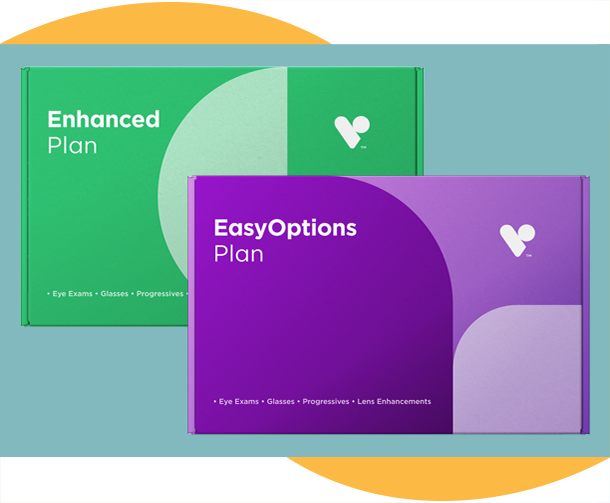Let's get moving!
͏ ͏ ͏ ͏ ͏ ͏ ͏ ͏ ͏ ͏ ͏ ͏ ͏ ͏ ͏ ͏ ͏ ͏ ͏ ͏ ͏ ͏ ͏ ͏ ͏ ͏ ͏ ͏ ͏ ͏ ͏ ͏ ͏ ͏ ͏ ͏ ͏
| | | Sponsored by | |  | | | | |
| | | | | Exercise is one key factor in keeping your body (and mind) healthy as you age. However, your fitness routine might need to change over the years. Today, we're offering ways to adapt your workouts for some phases of life and health conditions that become more common with age. | | | | | | | Let's go,
Morgan Mandriota
Newsletter Editor, Healthline |  | | Written by Morgan Mandriota
April 9, 2025 • 3 min read | | | | | | | |
| |  | | | Stay strong and healthy as you age by adapting your fitness routine | | According to the Centers for Disease Control and Prevention (CDC), all adults should aim to get 150 minutes of moderate-intensity exercise weekly — no matter their age. If that number sounds overwhelming, remember that any amount of physical activity is better than none! And we're here to help you get moving. | The older you get, the more important it is to incorporate a blend of exercises into your routine, including: - strength
- endurance
- balance
- flexibility
Below, find some fitness adjustments and tips that can support continued physical activity as you age. | | Modifications for menopause: | - Consistently participate in moderate-intensity physical activities, such as aerobics and resistance training.
- Keep the room's temperature cool if you're working out at home.
- Have a cool, wet towel within reach, which may help if you start experiencing a hot flash.
- Wear lighter, looser clothing to stay comfortable to avoid chafing or irritation.
| | Modifications for arthritis: | - Lean on extra support from household objects to ease you into positions.
- Squat while holding on to the kitchen sink or do a small pushup with your hands on the counter.
- Try low impact aquatic exercises, which help to add resistance without loading the joints.
- Pay attention to how your body responds to any new exercise routines. Stop working out if you feel pain higher than about a 5 out of 10.
| | Modifications for fatigue: | - Start gradually. Try short walks or swimming, going a little further each time.
- Aim to get at least 2 days per week of strength training using body weight, hand weights, kettlebells, or resistance bands.
- Consider low impact bodyweight classes like yoga or tai chi to improve muscle mass.
- Stretch at the end of your workouts.
Click below to find more exercise tips and safety precautions for different age-related conditions and symptoms! | | | | | | | |  | | | Easy chair exercises for limited mobility | | Looking for a way to stay active without leaving your seat? These chair exercises are designed specifically for those with limited mobility. Head over to our YouTube to watch this series of easy-to-follow movements that can help you increase strength, flexibility, and overall health. | | | | | | | | | | | | Sponsored by | |  | | | | | | |  | | | Protect your vision — now and in the future | | Your eyes naturally change over time. However, your risk of developing eye and vision issues increases, especially after age 40. An eye exam is a good way to protect your health and detect early signs of conditions such as diabetes and glaucoma. But exams and potential treatments can be expensive without insurance. | | VSP®️ Individual Vision Plans can help bring down your costs. With these affordable plans, you can save money on your annual eye exam, glasses, lens enhancements like anti-glare, and even progressives. Doctors in VSP's network use the latest technology, like retinal screenings, to ensure you see your best. Enroll today and enjoy same-day coverage and vision cost savings with VSP. | | | | | | | | | | | | | How did you feel about this newsletter? | | | | Email wellnesswire@healthline.com with comments related to this newsletter or topics you'd like to see in future editions. The newsletter editors read every message that lands in our inbox — yes, really! We look forward to hearing from you. | | | | | | |
| |
No comments:
Post a Comment